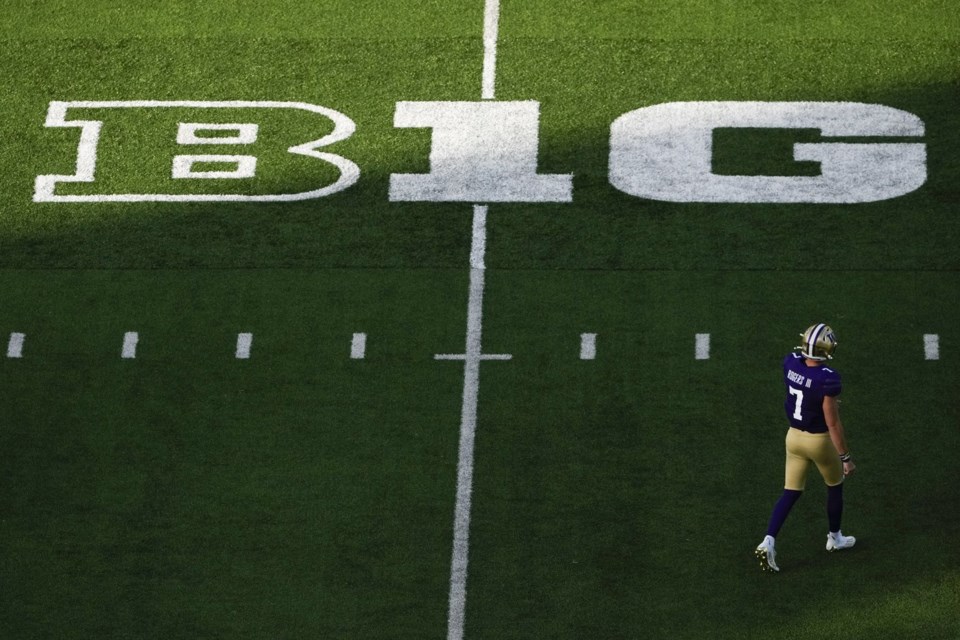Three weeks after being a $2.78 billion deal that would dramatically change college sports, attorneys excised the word “booster” from the mammoth plan in hopes of satisfying a judge’s concerns about the landmark settlement designed to pay players some of the money they help produce.
As expected, the changes filed in court Thursday did not amount to an overhaul -- replacing “booster” with the term “associated entity or individual,” was the headliner – but the hope is that it will clear the way for U.S District Judge Claudia Wilken to give the settlement agreement preliminary approval.
The new language and replacing of the hazily defined “booster,” which has played a big role in the NCAA's rulebook for decades, is designed to better outline which sort of deals will come under scrutiny under the new rules.
Under , the biggest schools would have a pool of about $21..5 million in the first year to distribute to athletes via a revenue-sharing plan, but the athletes would still be able to cut name, image and likeness deals with outside groups.
It was the oversight of those deals that was at the heart of Wilken's concerns in the proposed settlement. Many leaders in college sports believe calling something a NIL deal obscures the fact that some contracts are basically boosters paying athletes to play, which is forbidden.
The settlement tries to deal with that problem. By changing “booster” to “associated entity,” then clearly defining what those entities are, the lawyers hope they will address that issue.
The NCAA said in a statement that the new language will “provide both clarity and transparency to those seeking to offer or accept NIL deals.”
The new filing explained that “associated entity or individual” is a “narrower, more targeted, and objectively defined category that does not automatically sweep in ‘today’s third-party donor' or a former student-athlete who wishes to continue to support his/her alma mater.”
Those entities will not include third parties like shoe companies or people who provide less than $50,000 to a school — someone who would be considered a small-money donor. Deals involving “associated entities” will be subject to oversight by a neutral arbitrator, not the NCAA.
In a news release, plaintiffs' attorney Steve Berman focused on how the settlement, and now the new language, restricts how much oversight the NCAA — already sharply muzzled by a series of losses in court — will have on NIL deals.
“The filed settlement terms today constitute a substantial improvement on the current status quo under which a much broader set of deals are prohibited under NCAA rules, and all discipline is carried out by the NCAA without any neutral arbitration or external checks," Berman said.
There is no timetable for Wilken to let the parties know whether they changes they made will be enough for her to sign off on the deal.
The lawyers kept to their word that they would not make dramatic changes to the proposal, but rather clarify for the judge that most third-party NIL deals would still be available to college athletes. On top of that, athletes will also receive billions in revenue annually from their schools through the revenue-sharing plan.
College sports leaders believe unregulated third-party deals through booster-funded organizations known as will allow schools to circumvent the cap.
have become the No. 1 way college athletes can cash in on use of their fame. According to Opendorse, a company that provides NIL services to dozens of schools, 81% of the $1.17 billion spent last year on NIL deals with college athletes came from collectives.
Wilken took some issue with the cap — set at $21.5 million for the first year — but it was the plan to subject certain NIL deals to an external review for fair-market value drew the most scrutiny.
___
AP College Sports Writer Ralph Russo contributed.
Eddie Pells, The Associated Press




